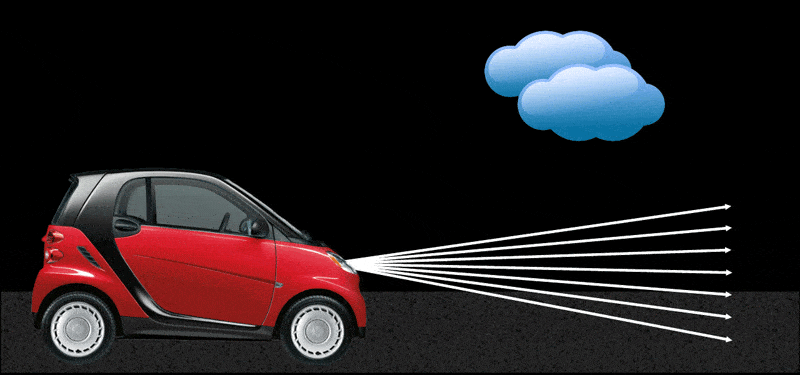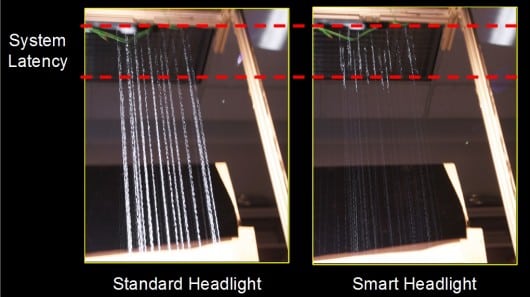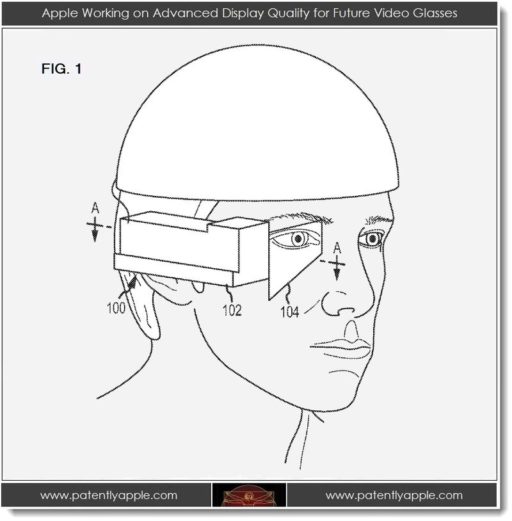Driving at night when it’s raining or snowing can be dangerous. It’s because, besides illuminating the road and the surrounding environment, the headlights also illuminate raindrops and snowflakes, making them appear as bright flickering streaks. And the driver’s view of the road ahead becomes obscured by brightly headlight-lit raindrops or snowflakes. But in future, headlights may turn the rain and snowflakes invisible, and enable the driver to see clearly through raindrops and snow.
A research team at Carnegie Mellon University is trying to develop a “smart” headlight system that’ll overcome the rain drop distraction and assist in increasing visibility, as well as improve vehicle safety on roads during rainy or snowy conditions. The system developed for “smart” headlights make use of a camera, a projector, a beam splitter and a processor. The camera first determines the precipitation at the top of the field view, and accordingly, the processor predicts about where the future rain drops will fall. This prediction is then sent to the projector that starts to adjust the beam simultaneously, making the droplets not illuminate, and at the same time illuminating the road adequately.
Every process, right from capturing the image through the camera to adjusting the beam, occurs in merely 13 milliseconds. The smart headlight avoids the intersection of rain drops and the light rays. As a result, there are no reflections from the rain drops to the driver, and he/she can see the road clearly without any distractions.
Srinivasa Narasimhan, associate professor of robotics at Carnegie Mellon said, “One good thing is that the system will not fail in a catastrophic way. If it fails, it is just a normal headlight.”
At present, researchers have seen 79 percent success rate of this system at slower speeds – about 20 mph, while at around 60 mph, the numbers dropped to about 20 percent. It’s been said that drivers will be able to see about 70 percent better, up to 13 feet in front of the car with the help of smart headlight system than traditional headlights.
Source: Carnegie Mellon University
[ttjad keyword=”auto”]





